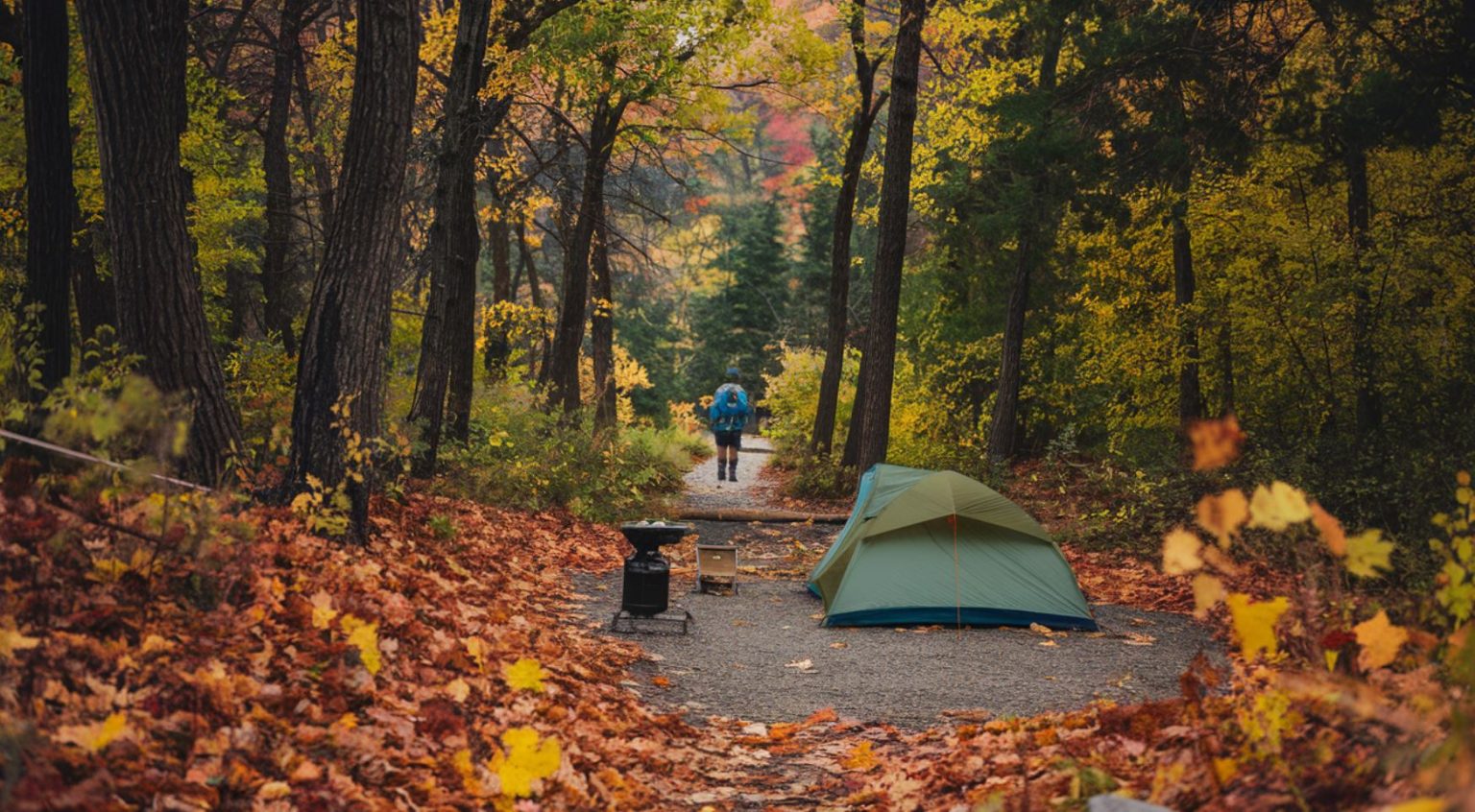Venturing into nature brings us face to face with its pristine beauty and delicate balance. But our presence, even with the best of intentions, can leave a lasting impact on the environment. This is where the Leave No Trace movement comes into play.
Leave No Trace provides a set of guiding principles that help us protect the wilderness while enjoying it responsibly. These seven principles aren’t just rules—they’re a mindset that fosters respect for the land, wildlife, and fellow adventurers.
Understanding the Leave No Trace Movement
The Leave No Trace movement has its genesis in the 1960s and 1970s, driven by the growing environmental awareness of the era. As outdoor recreation became more popular, it became clear that human activities were causing significant damage to natural areas.
In response, the U.S. Forest Service, Bureau of Land Management, and National Park Service worked together to develop guidelines for minimizing human impact on the environment.
The formal Leave No Trace program was officially launched in 1994 by the Leave No Trace Center for Outdoor Ethics, aiming to educate the public on sustainable practices and responsible outdoor behavior.
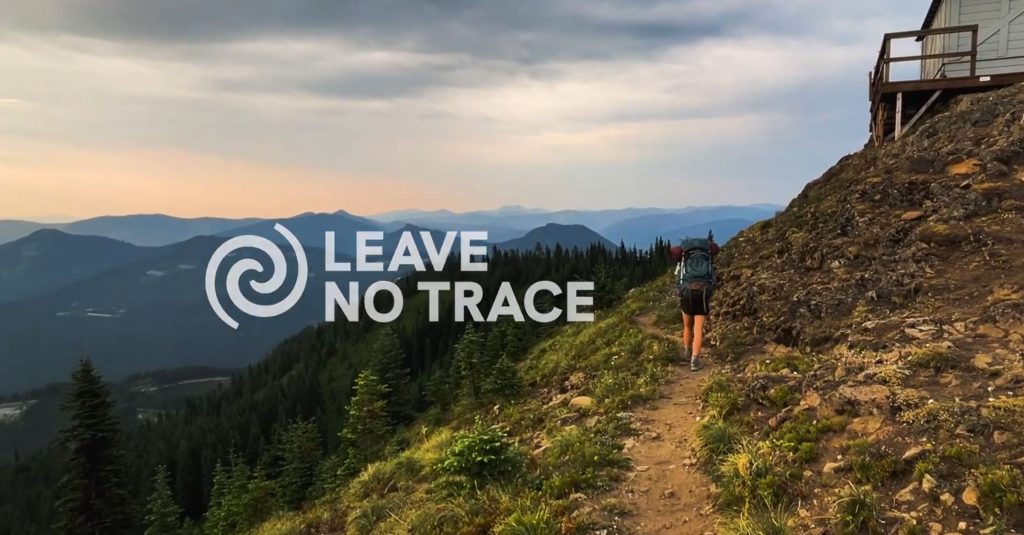
The center now offers a series of free online courses in their learning library that covers all aspects of becoming a better steward of the great outdoors.
Why Outdoor Ethics Matter: Protecting Nature for Future Generations
Outdoor ethics are not just for the most dedicated hikers or wilderness explorers—they are for everyone. Every time we set foot on a trail, pitch a tent, or even enjoy a picnic in a national park, we leave a mark.
By adopting the principles of Leave No Trace, we ensure that our outdoor activities don’t degrade the environment for future generations. The beauty of our forests, deserts, rivers, and mountains is not just ours to enjoy; it belongs to those who come after us.
How the 7 Principles Help Minimize Our Impact
The Leave No Trace principles provide a clear framework to minimize human impact on the outdoors. They offer practical steps that can be followed by anyone, from weekend campers to seasoned adventurers.
These guidelines are rooted in sustainability, ensuring that our interactions with nature are harmonious rather than harmful. Whether it’s learning how to dispose of waste properly, build a safe campsite, or understanding the importance of planning ahead, these principles are the foundation of responsible outdoor ethics.
Plan Ahead and Prepare: The Key to Responsible Exploration
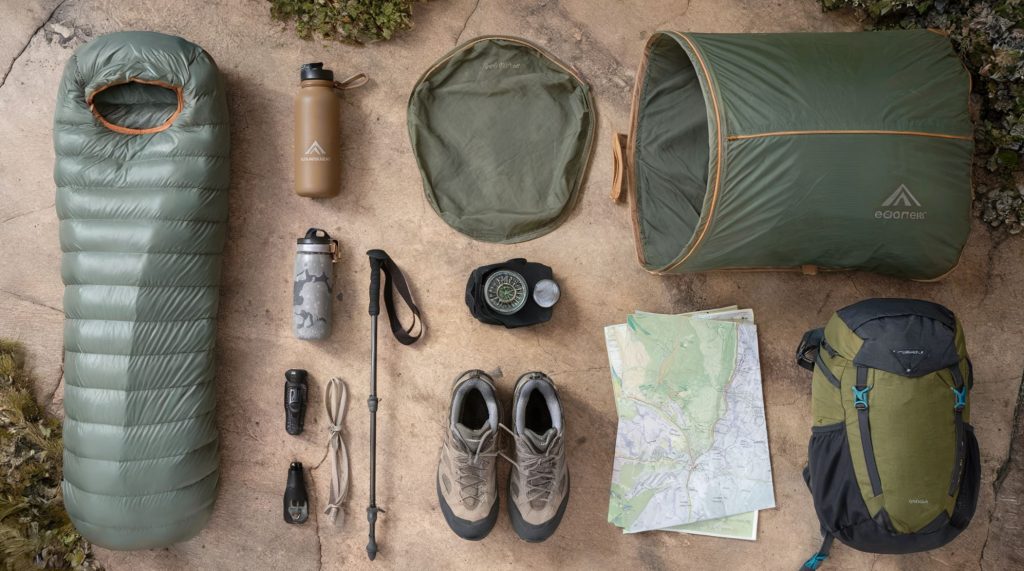
Researching Your Destination: How to Be Fully Prepared
A successful and responsible trip begins long before you hit the trail. Planning ahead not only helps you avoid unexpected challenges, but it also minimizes your environmental footprint.
Research your destination, understand the terrain, and familiarize yourself with any regulations or guidelines specific to that area.
Knowing what to expect helps you avoid damaging fragile ecosystems or getting caught off guard by weather conditions.
Packing for Success: Essential Gear for Minimal Impact
Packing with intention is an essential part of Leave No Trace. By bringing only what you need and ensuring your gear is suited for the environment, you reduce the risk of waste and damage.
Reusable water bottles, biodegradable soap, and compact backpacking stoves are great choices for an eco-friendly trip.
Carry a map and compass to avoid getting lost, and always have a plan for handling waste, from food scraps to human waste. A little preparation can prevent a lot of harm.
Travel and Camp on Durable Surfaces: Protecting Fragile Ecosystems
The Importance of Staying on Designated Trails
When we wander off designated trails, we may not realize the damage we’re causing beneath our feet. Fragile plants, soil, and habitats are easily disturbed.
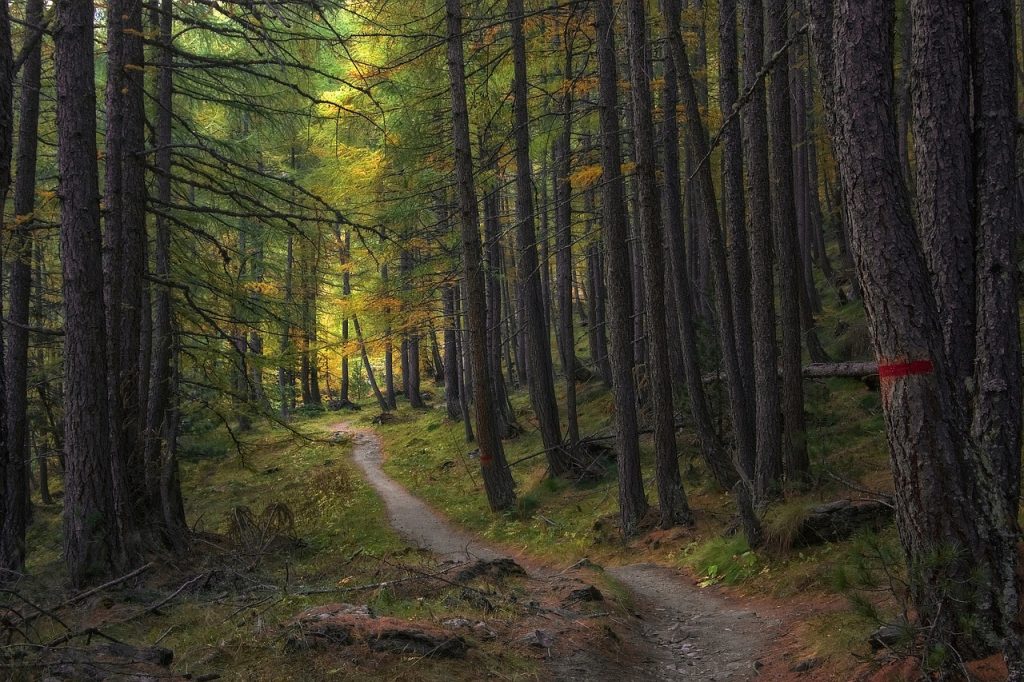
Stick to well-worn paths to prevent erosion and avoid trampling sensitive vegetation. Even if a shortcut looks tempting, resist the urge—it can take years for the environment to recover from a few moments of carelessness.
Choosing the Right Campsite: Avoiding Damage to Natural Habitats
Selecting a campsite is more than just finding a scenic spot. It’s about ensuring your presence doesn’t disturb wildlife or damage the ecosystem. Camp at least 200 feet away from lakes and streams to protect water sources, and look for established sites whenever possible.
Camping on durable surfaces like gravel or sand minimizes your impact, and using existing fire rings or tent areas reduces the need to disturb new ground.
Dispose of Waste Properly: Leave No Trace, Literally
The “Pack It In, Pack It Out” Rule: What It Really Means
One of the simplest and most effective ways to leave no trace is by adhering to the “pack it in, pack it out” rule. This means taking everything you bring into nature back out with you—this includes food scraps, wrappers, and even biodegradable items like orange peels.
It’s such a simple practice that it can be demonstrated in 45 seconds, so we have no excuses!
Organic waste may seem harmless, but it disrupts local wildlife and introduces non-native elements into the environment. If it doesn’t belong in the wild, it goes home with you.
How to Handle Human Waste and Biodegradable Materials
Handling human waste responsibly is a crucial part of outdoor ethics. In most areas, digging a cat hole (6-8 inches deep) at least 200 feet away from water sources is the best practice. For areas where this isn’t possible, consider using portable waste systems.
As for biodegradable materials like food scraps or soap, remember that “biodegradable” doesn’t mean they disappear quickly in nature. Always pack them out or use environmentally safe alternatives far from water sources.
Leave What You Find: Preserving Nature’s Beauty
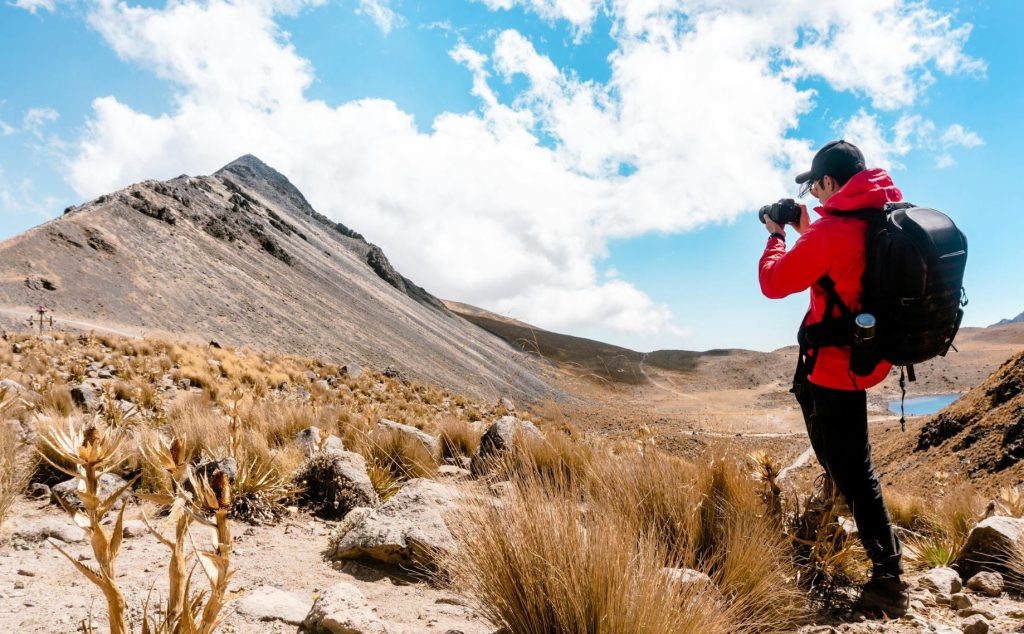
Respecting Plants, Animals, and Cultural Artifacts
It’s tempting to pick a wildflower or take home an interesting rock as a memento of your trip, but doing so disrupts the natural balance. Everything in nature plays a role in its ecosystem, and removing even small items can have unforeseen consequences. The same goes for cultural artifacts—these remnants of history should be left undisturbed for others to appreciate.
Why Taking Souvenirs Can Harm the Environment
Taking souvenirs may seem innocent, but over time, the cumulative impact is significant. For instance, removing plants or rocks can disrupt the soil, leading to erosion and harming local wildlife habitats. Instead, take photos and memories—these are the best souvenirs, and they leave the environment exactly as you found it for others to enjoy.
Minimize Campfire Impact: Fires Aren’t Always Necessary
Alternatives to Campfires: Using Portable Stoves
Campfires are a quintessential part of the outdoor experience, but they’re not always necessary or advisable. In areas where wood is scarce, gathering firewood can lead to deforestation and habitat destruction.
Portable stoves provide a low-impact alternative for cooking while eliminating the risk of wildfires and scarring the land with blackened fire rings. Plus, they’re quick, efficient, and leave no trace.
How to Safely Build, Maintain, and Extinguish a Campfire
If a campfire is a must, follow strict guidelines to minimize its impact and employ the best practices of campsite safety. Use established fire rings and keep the fire small.
Only use dead and downed wood, never cutting live trees or branches. When it’s time to leave, ensure the fire is completely extinguished—douse it with water, stir the ashes, and repeat until the coals are cold to the touch. Leaving behind a scorched patch of earth is the opposite of leaving no trace.
Here is a great video with essential campfire tips for beginners:
Respect Wildlife: Observing Without Disturbing
The Importance of Keeping Wildlife Wild
Wildlife is one of the most exciting aspects of outdoor adventures, but it’s important to remember that we are visitors in their home. Feeding animals, whether intentionally or unintentionally, alters their natural behaviors and can put both them and us at risk. Keep a respectful distance—use binoculars for observation, and never approach animals for a closer look.
Tips for Watching Animals Safely and Responsibly
Watching wildlife from a safe distance not only protects you but also ensures the animals continue their natural behaviors. Avoid making loud noises, sudden movements, or leaving food where animals can access it. In areas with bears, use bear-proof containers for food storage. This not only keeps you safe but prevents animals from becoming dependent on human food, which can be harmful to their health and natural instincts.
Be Considerate of Other Visitors: Silence is Golden
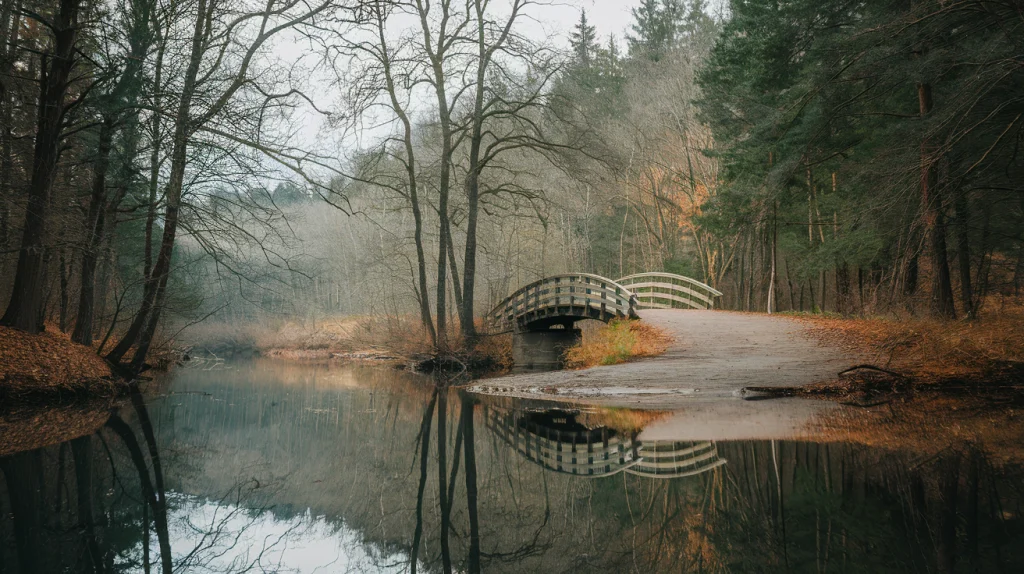
Noise Control: How to Maintain a Peaceful Environment
One of the most appealing aspects of spending time in nature is the quiet serenity. Help maintain this peaceful environment by keeping noise to a minimum.
Loud music, shouting, or even overly loud conversations can disrupt the experience for others. Whether you’re in a bustling national park or a remote backcountry site, be mindful of the volume you’re adding to the natural soundscape.
Trail Etiquette: Giving Everyone a Chance to Enjoy the Outdoors
Good trail etiquette ensures that everyone can enjoy their outdoor experience. Yield to uphill hikers, stay to the right on multi-use trails, and give plenty of space to faster hikers or bikers.
In campgrounds, respect quiet hours and the privacy of fellow campers. A little courtesy goes a long way in creating a positive outdoor experience for all.
Why Leave No Trace is More Than Just Rules: It’s a Mindset
Incorporating the 7 Principles into Your Daily Outdoor Routine
Leave No Trace isn’t just about the big trips—it’s a philosophy that can be applied to every outdoor outing, whether it’s a weekend hike or a multi-day expedition.
Practice these principles every time you step outside, and they’ll soon become second nature. By making mindful choices, you’ll find that you leave less of an impact without even thinking about it.
How Practicing Leave No Trace Makes You a Steward of Nature
When you adopt Leave No Trace as a mindset, you become more than just an outdoor enthusiast—you become a steward of nature.
Your actions help preserve the wilderness for future generations, ensuring that others can experience the same beauty and tranquility that you do.
By living these principles, you inspire others to do the same, creating a ripple effect that protects our natural world for years to come.
👉 Is there anything we missed? Please help our community maintain the outdoors that we all love by leaving your comments below. 🌲🚯♻️🌍🌿
See Our Latest Articles:
- 21 Fun Camping Games to Entertain Yourself Outdoors
- How to Set Up a Hammock for Camping
- Compact Camping Gear That Saves Space in Your RV or Van
- Top 15 Most Beautiful Waterfalls In The World To Visit In Your Lifetime
- Top 12 Camping Gadgets and Accessories You Didn’t Know You Needed (2025)
Write A Guest Post For Us!
Are you passionate about camping and the great outdoors?
We’re excited to announce that we’re accepting guest posts
in the camping and outdoor niche!

